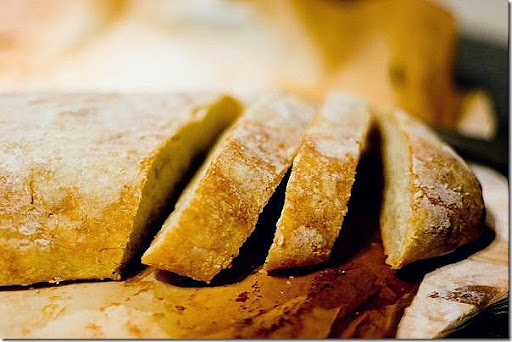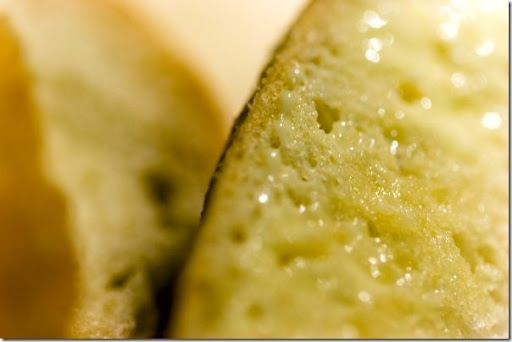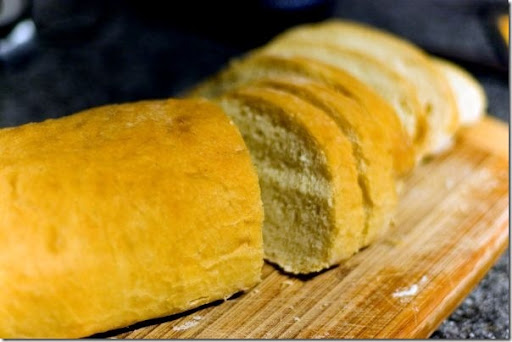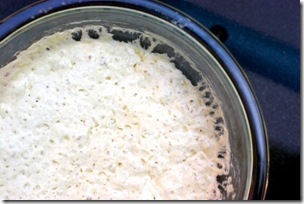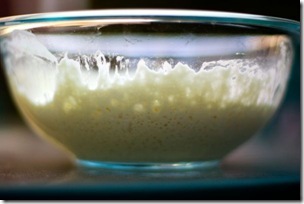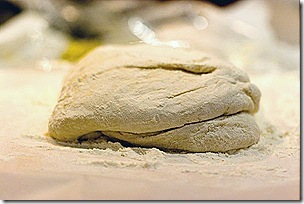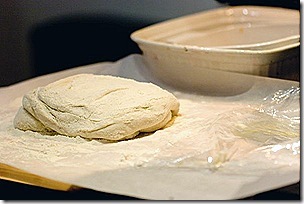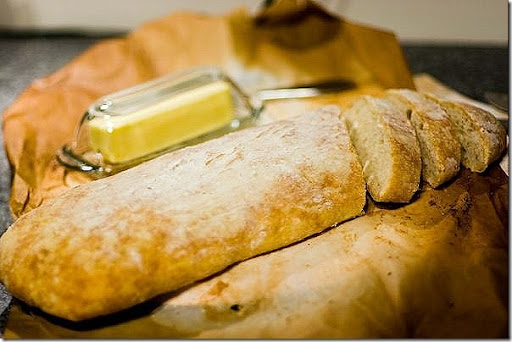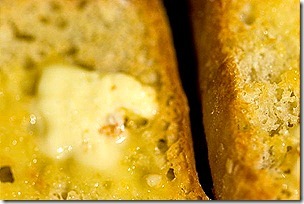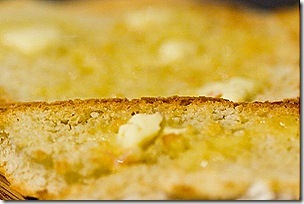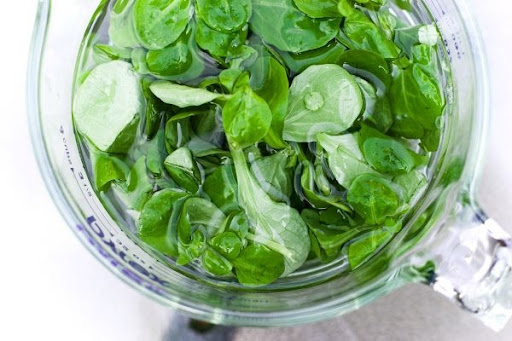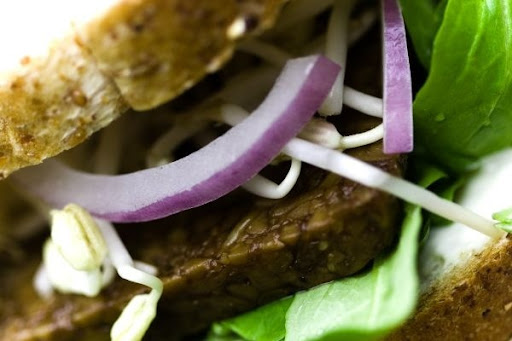"I made bread!" I said to Greg. Again, and again and again. "I made bread!". As if the thin coating of fine, white flour on the front of my jeans wasn't enough to justify the accomplishment. "We're eating the bread that I made!". Enter: butter and butter knife, melting goodness all over the golden loaf. "This bread has tomatoes from our garden on it!". Wait for it: "Greg, I made bread!!!"
This is a big deal. In all of my culinary exploration, in the dozen or more hours I might spend every week cooking, I have avoided all things yeasty. Actually, avoid is an understatement, since I can't recall that last time (if there was a last time) that I opened a yeast packet. There are two reasons for this:
- Although I bake on occasion, I really prefer to "cook". Something about baking requires the sort of precision that my scientist's heart can't handle outside of the confines of a polymer chemistry lab and the hours of 9am-5pm. No. More. Measuring. Says the engineer.
- Isn't it just easier, and tastier, to buy bread at the store?
See the dense, fine crumb? This is "try #1": too little water and not enough time to rise... sandwich bread.
In my case, issue #2 becomes all the more prominent when right here in New Haven we have some of what-I-am-sure is the Best Bread in all of New England, a local brand called Chabasso. As I grapple with the English language to find words to describe the Wonder of this rather non-WonderBread-Bread, I'm at a loss. It's really good: plain, with cheese, dipped in olive oil, slathered with garlic and butter - I simply do not care, and I will, yes I will, eat a whole loaf in one sitting if allowed. Greg and I have a favorite above all others, too: the olive oil Ciabatta. It looks something like this and although the taste is out-of-this-world fantastic, it's really the texture that does me in: chewy, soft, yet substantial enough to hold its own against whatever spread you might challenge it with. So, with a ready supply of Chabasso brand Ciabatta at hand for $3 a loaf, why bother making my own?
Making three batches of bread required an excess of time I wouldn't normally afford, but having done this... it was totally worth it. I don't think I could actually even taste the bread, since the mere fact that it wasn't a hard, golf-ball sized hunk of flour took my breath away and obviated any possibility for logical critique. Making bread with my bare hands was exciting and filled me with pride. I was so excited that I could have eaten all in one sitting with nothing other than a knife and some butter irregardless of taste - though it just so happens that the taste was not terrible, either.
All three times, I intended to make an Olive Oil Ciabatta. The ciabatta recipe from this amazing book relies on utilizing a poolish - a soft, spongey, pre-ferment that is allowed to develop flavor over 24 hours. Then, I kneaded, watched it rise several times, and eventually baked it in my oven at 500 degrees. I tried three times. First, I didn't add enough water to make a soft dough and I didn't let it rise enough, so the resulting bread was soft and finely crumbed sandwich bread. Second, I achieved the right consistency and the right texture, but I didn't let the poolish ferment for a full 24 hours, so it was good but not super flavorful. Third, I had the right consistancy, it fermented and rose correctly, and I used a stand mixer to do my kneading. The texture of this batch was far superior to the other ones, and the flavor was spot on. Now, I can almost replicate Chabasso's Ciabatta in my own home, and I know with further tweaking there is much to explore.
Yup. Butter. It's good. It's all that's needed.
All of these thoughts bring me to why I like bread, or now, more appropriately, why I like making it:
(1) Like baking, there is some degree of precision and predictability in the recipes
(2) Unlike baking, and like cooking, the sky's the limit. It won't go wrong - it'll just be different than you expected. It was the fact that I followed the recipe to a T. (exactly 6 tbsp liquid) instead of going by "feel" (perhaps 10 tbsp?) that I ended up with sandwich bread instead of Ciabatta.
So, I like bread. I'm giving the recipe for the pre-ferment (the poolish) here and will post the complete ciabatta recipe within a few days.
11.25 oz unbleached bread flour12 oz water, room temperature1/4 tsp instant yeast
